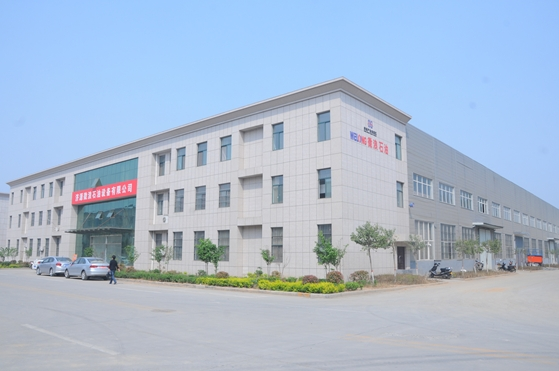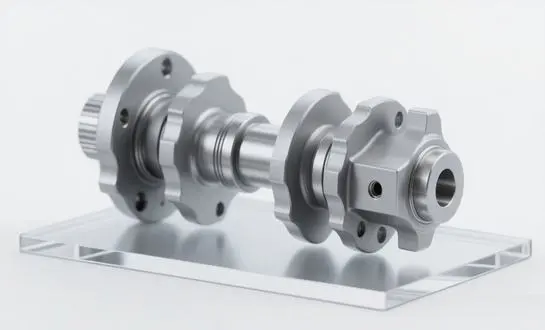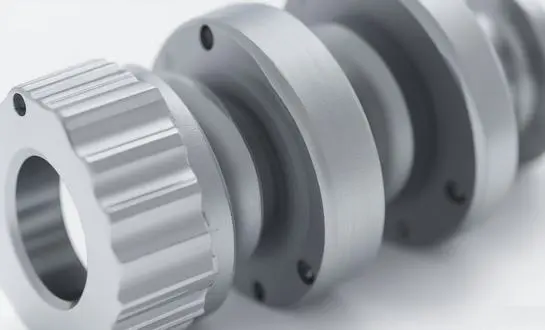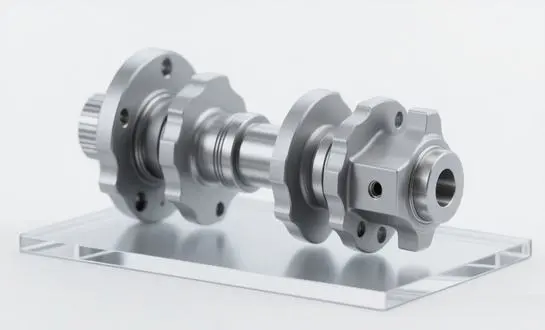Optimizing Roll Alignment: Key to Precision Manufacturing
Achieving precise alignment of backup rolls is fundamental to the success of any steel manufacturing operation. Proper alignment ensures uniform pressure distribution, minimizes wear, and contributes to the production of high-quality steel products with consistent thickness and surface finish.
Laser Alignment Techniques
Advanced laser alignment systems have revolutionized the process of installing backup rolls. These systems offer unparalleled accuracy, allowing technicians to align rolls within microns of the desired position. By using laser alignment, steel plants can:
- Reduce setup time significantly
- Minimize human error in measurements
- Achieve consistent alignment across multiple roll stands
- Easily document and replicate optimal alignments
Implementing laser alignment techniques requires initial investment in equipment and training, but the long-term benefits in terms of improved product quality and reduced maintenance costs are substantial.
Thermal Expansion Considerations
One often overlooked aspect of backup roll alignment is the impact of thermal expansion. As steel plants operate at high temperatures, rolls expand during operation. Failure to account for this expansion can lead to misalignment and uneven wear. Best practices include:
- Calculating expected thermal expansion based on operating temperatures
- Adjusting initial alignment to compensate for expansion
- Implementing real-time monitoring systems to track alignment changes during operation
- Utilizing materials with similar thermal expansion coefficients for rolls and supporting structures
By addressing thermal expansion proactively, steel plants can maintain optimal alignment throughout the production cycle, ensuring consistent product quality and maximizing roll lifespan.
Material Selection: Balancing Durability and Performance
Selecting the appropriate materials for backup rolls is crucial for achieving the right balance between durability and performance in steel manufacturing. The choice of materials directly impacts roll lifespan, product quality, and overall plant efficiency.
High-Chromium Steel Alloys
High-chromium steel alloys have become increasingly popular for backup roll manufacturing due to their excellent wear resistance and thermal stability. These alloys typically contain:
- 2-5% chromium
- 0.5-1% molybdenum
- 0.5-1% nickel
The high chromium content forms a protective oxide layer, enhancing the roll's resistance to thermal fatigue and oxidation. This composition is particularly beneficial for hot rolling applications where rolls are exposed to extreme temperatures and thermal cycling.
Forged vs. Cast Rolls
The manufacturing process of backup rolls significantly influences their performance characteristics. Both forged and cast rolls have their merits:
- Forged Rolls:
- Higher density and more uniform microstructure
- Superior resistance to thermal fatigue
- Better suited for high-load applications
- Cast Rolls:
- More cost-effective for larger diameters
- Allows for more complex alloying compositions
- Can be engineered for specific wear patterns
The choice between forged and cast rolls depends on specific application requirements, production volume, and budget constraints. Many steel plants opt for a combination of both types to optimize performance across different rolling stages.
Surface Treatments and Coatings
Advanced surface treatments and coatings can significantly enhance the performance and longevity of backup rolls. Common techniques include:
- Nitriding: Increases surface hardness and wear resistance
- Chromium plating: Improves corrosion resistance and reduces friction
- Ceramic coatings: Enhances thermal insulation and wear resistance
These treatments can be customized to address specific challenges in different rolling applications, such as high-temperature oxidation or abrasive wear from scale buildup.
Maintenance Schedules: Extending Backup Roll Lifespan
Implementing a comprehensive maintenance schedule is crucial for maximizing the lifespan of backup rolls and ensuring consistent production quality in steel plants. Regular maintenance not only prevents unexpected breakdowns but also optimizes roll performance throughout their operational life.
Predictive Maintenance Strategies
Modern steel plants are increasingly adopting predictive maintenance strategies to optimize backup roll performance. These strategies leverage advanced technologies to monitor roll condition in real-time and predict potential failures before they occur. Key components of a predictive maintenance strategy include:
- Vibration analysis: Detects early signs of bearing wear or misalignment
- Infrared thermography: Identifies hot spots that may indicate uneven wear or lubrication issues
- Oil analysis: Monitors lubricant condition and detects metal particles that may indicate internal wear
- Ultrasonic testing: Assesses internal roll integrity and detects potential cracks or defects
By implementing these techniques, steel plants can schedule maintenance activities more efficiently, reducing unplanned downtime and extending roll lifespan.
Regular Inspection and Documentation
Establishing a routine inspection schedule is fundamental to effective backup roll maintenance. This should include:
- Visual inspections for surface defects or uneven wear patterns
- Dimensional checks to monitor roll diameter and profile
- Bearing condition assessments
- Documentation of all findings and maintenance activities
Maintaining detailed records of roll performance and maintenance history allows for trend analysis and informed decision-making regarding roll replacement or refurbishment.
Lubrication Management
Proper lubrication is critical for backup roll performance and longevity. Best practices in lubrication management include:
- Using high-quality lubricants specifically formulated for steel mill applications
- Implementing automated lubrication systems to ensure consistent application
- Regular monitoring of lubricant quality and contamination levels
- Adjusting lubrication schedules based on operating conditions and roll performance data
Effective lubrication management not only extends roll lifespan but also contributes to improved energy efficiency and product quality.
Conclusion
Implementing best practices for backup roll installation in steel plants is essential for maintaining high productivity, product quality, and operational efficiency. By focusing on precise alignment techniques, careful material selection, and comprehensive maintenance strategies, steel manufacturers can significantly extend the lifespan of their backup rolls and optimize their rolling processes. These practices not only reduce downtime and maintenance costs but also contribute to consistent product quality, which is crucial in today's competitive steel industry. As technology continues to advance, staying informed about the latest developments in backup roll technology and installation techniques will be key to maintaining a competitive edge in steel manufacturing.
Call to Action
At Welong, we understand the critical role that backup rolls play in your steel manufacturing operations. Our team of experts specializes in providing high-quality backup rolls and comprehensive installation services tailored to your specific needs. With our ISO 9001:2015 and API 7-1 certifications, we ensure that our products meet the highest industry standards. Our commitment to quality control and customized solutions means that you can rely on us for durable, high-performance backup rolls that will enhance your production efficiency and product quality. Don't let suboptimal backup roll installation hold back your steel plant's potential. Contact us today at oiltools15@welongpost.com to learn how we can help you optimize your backup roll installation and take your steel manufacturing to the next level.





